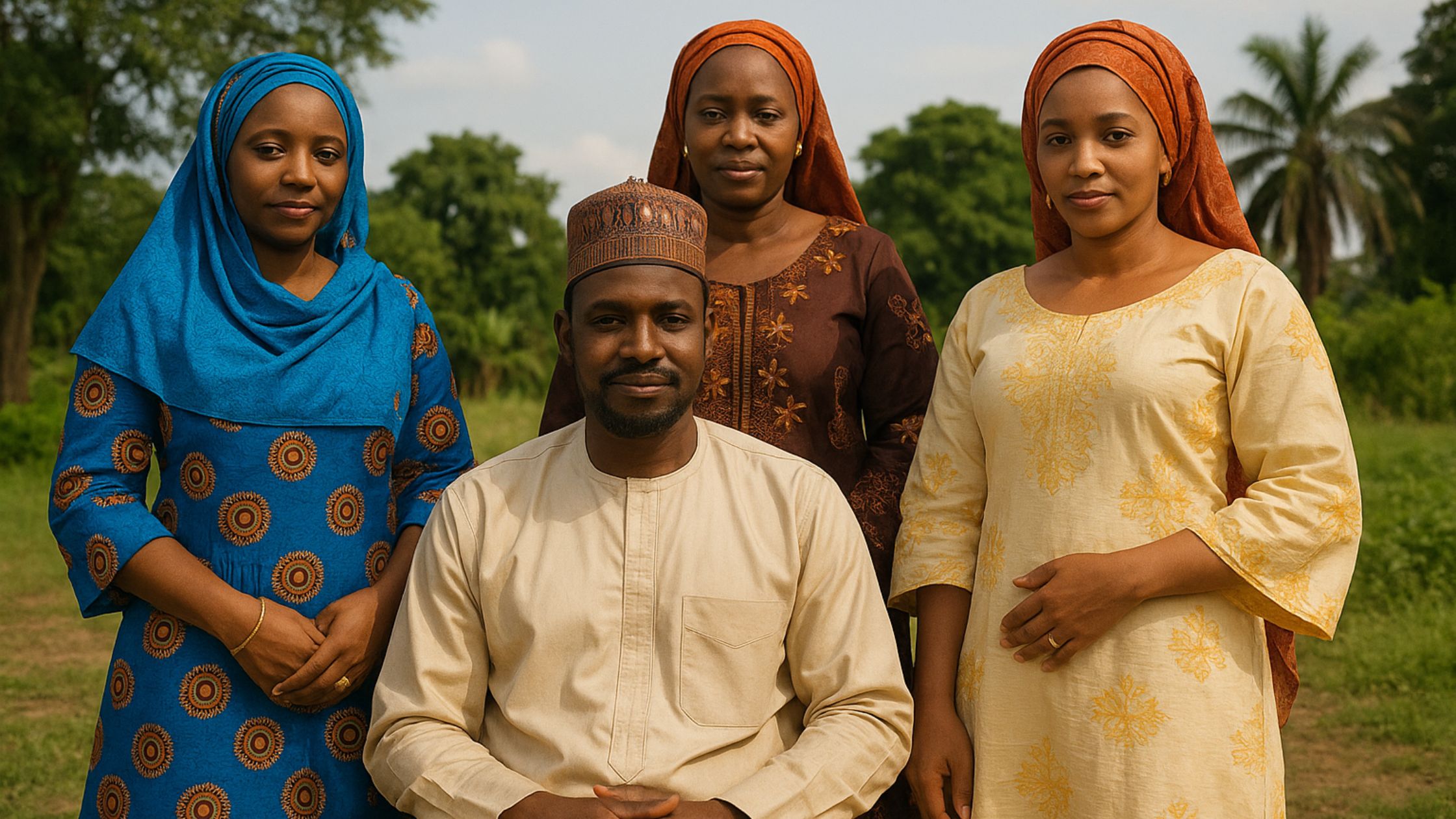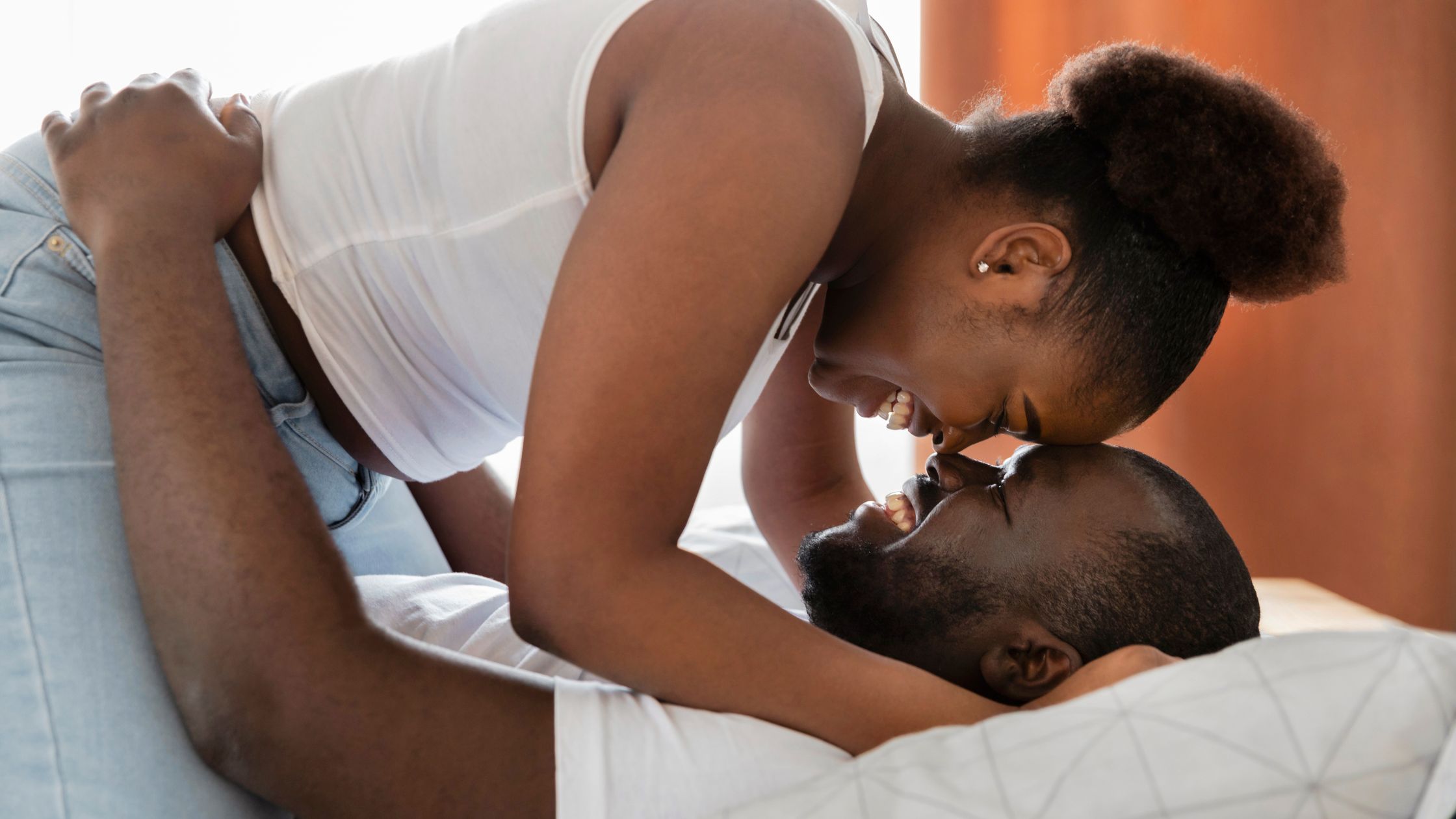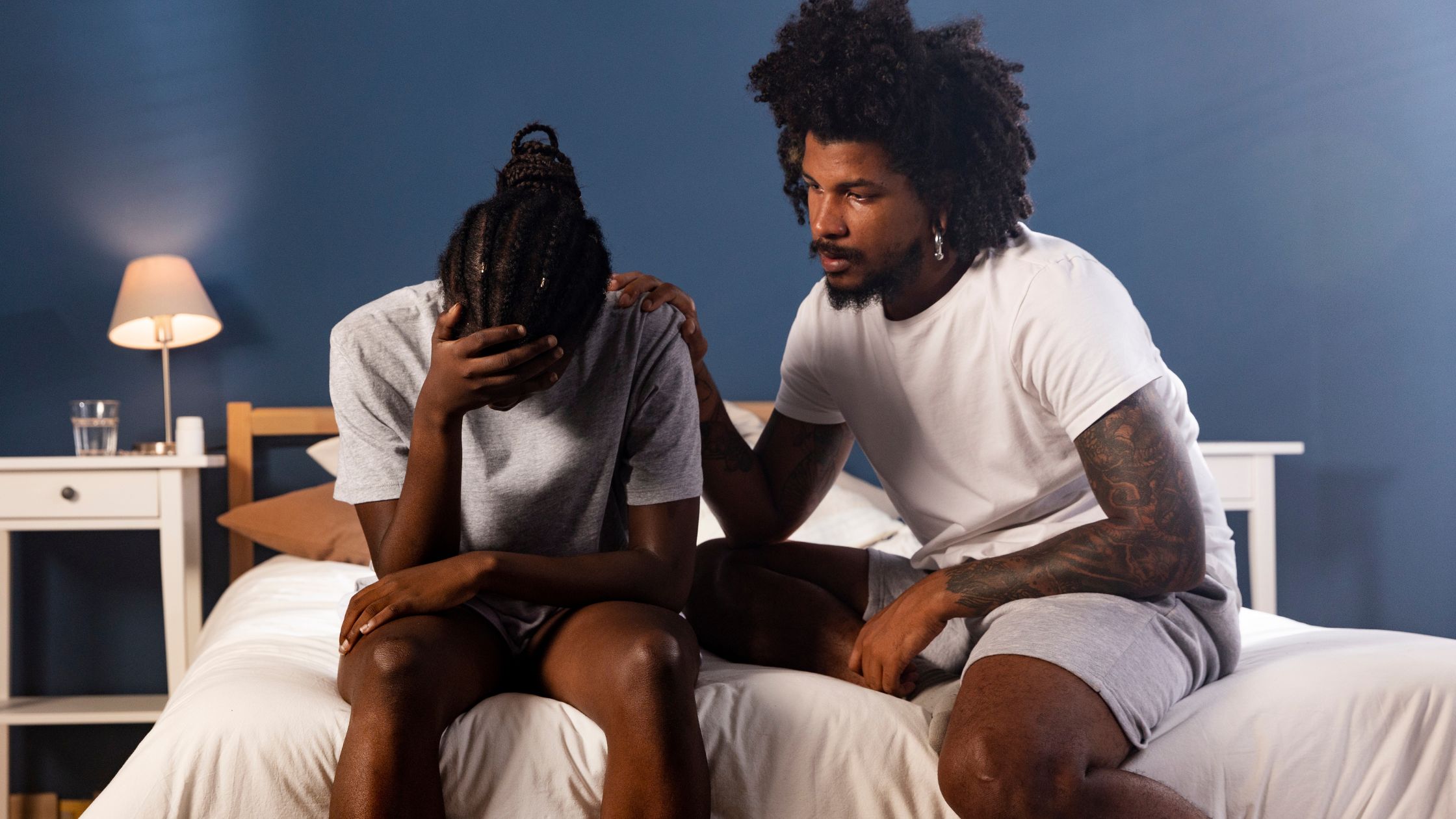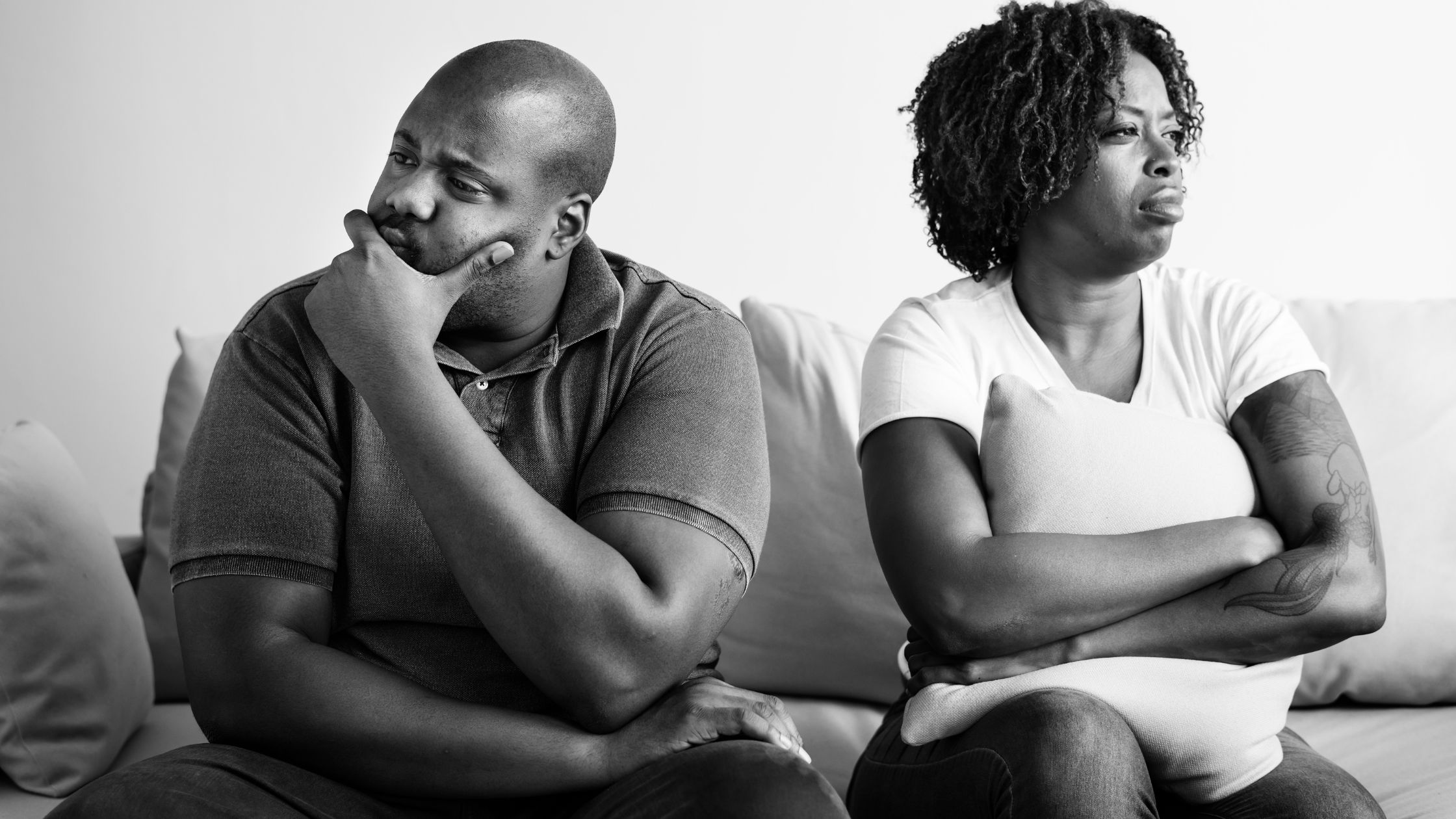Key Highlights
- The Soft Guy Era marks a cultural shift where men embrace emotional intelligence, empathy, and vulnerability alongside strength.
- Traditional masculinity isn’t dying; it’s evolving to fit a world where emotional connection matters as much as stability.
- Modern women are redefining attraction, seeking men who can communicate, reflect, and build intimacy without losing confidence.
- The rise of soft masculinity challenges old stereotypes while exposing performative “softness” that lacks true accountability.
Something’s shifting in how we see men. You may have seen “Soft Guy Era” trending on TikTok, Twitter, and relationship podcasts with people saying “drizzle drizzle” and talking about gentler masculinity. There are viral clips of men speaking openly about feelings or prioritizing therapy, and many people are calling this the “end of traditional masculinity.”
The question then is: is this just a social media phase, or a sign that traditional masculinity is dying or simply adapting to meet the emotional realities of a new generation? Especially for women who want more than toughness and emotional distance?
In this article, we’ll look at what “soft guy” means today, whether traditional masculinity is fading or adapting, and what all this shift means for relationships, expectations, and how modern women navigate love.
What We Mean by Traditional Masculinity
Back in the day, being a “real man” was pretty straightforward. Provide. Protect. Be stoic. Society defined masculinity through strength, dominance, and control. The “real man” was expected to protect, provide, and persevere without complaint. Vulnerability was frowned upon. Emotional expression was seen as weakness.
This model of manhood shaped generations of men who learned to hide pain, avoid therapy, and measure worth by success and toughness.
But the world that created that model no longer exists in the same way. People have begun to question: who decided those rules? Who they served? Who they left out?
New conversations are ongoing, and the expectations of what makes a man “masculine” are being rewritten. Some men are struggling to find their footing with this development, while others are discovering that being soft doesn’t mean being less of a man.
But as that old model loses relevance, something new is taking its place — a version of manhood that feels softer, more emotionally fluent, yet still powerful.

The Soft Guy Era
The Soft Guy Era represents an evolution of masculinity, not its extinction. Soft masculinity celebrates emotional intelligence, empathy, and self-awareness alongside strength and ambition. It’s about men who can hold space for others, admit fear, express love openly, and still feel secure in who they are.
Pop culture mirrors this shift. Artists, athletes, and public figures are embracing therapy, wearing vulnerability like a badge, and showing that caring deeply is powerful, not weak. On social media, men who talk about accountability or inner healing are redefining what strength looks like.
However, some argue that this shift isn’t harmless or balanced. They believe it marks the decline of traditional masculinity itself.
Is Traditional Masculinity Dying?
Some people believe traditional masculinity is collapsing under modern scrutiny. They point to rising conversations about toxic masculinity, the decline of patriarchal norms, and the rejection of stoicism as a sign that old standards are fading. Men are being asked to cry, to communicate, to care… roles that once felt forbidden.
In truth, certain traits associated with old-school masculinity are losing dominance. The idea that men must always be the providers, never show fear, and shoulder burdens silently no longer fits a world where women lead companies, share financial power, and expect emotional partnership.
The masculine ideal that once rewarded control and suppression is slowly giving way to a more nuanced version that values openness and mutual support.
But calling it the death of masculinity is missing the bigger picture. What’s happening now is a cultural shedding and release of outdated ideas that no longer serve anyone.
Or Is It Simply Evolving?
Traditional masculinity isn’t dying; it’s evolving. Strength still matters, but its expression is changing. Protection is no longer just physical; it’s emotional and psychological. A man who shows up, listens, and offers safety in his presence is every bit as masculine as one who fixes the sink or drives the night shift.
Men are learning that being soft doesn’t erase their power. Instead, it deepens it. The most respected men today aren’t the loudest or most dominant; they’re the ones who balance confidence with humility. They can be ambitious and still gentle. They can lead and still nurture.
This blend of qualities isn’t weakness but the kind of progress the world truly needs.
What This Means for Modern Women and Relationships
For modern women, this evolution is both refreshing and complex. Many have long wanted emotional connection from their partners, not just financial or physical stability. Now, they’re finally meeting men who can articulate their feelings and create emotional intimacy.
However, this shift also challenges women to unlearn old expectations. The same women who say they want a “soft guy” sometimes feel unsure how to navigate one, especially if they’ve been conditioned to see strength through traditional masculinity. A man who communicates, apologizes, or seeks reassurance can feel unfamiliar to women used to emotional distance.
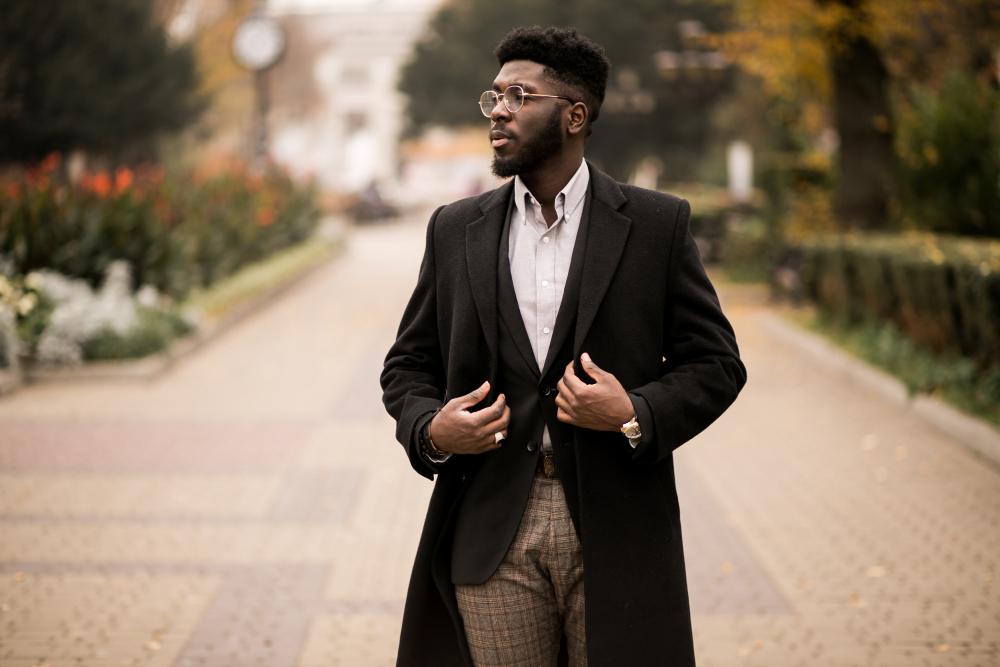
The Complexities and Critiques of the Soft Guy Era
There’s a growing concern about performative softness — men who brand themselves as emotionally aware for validation or attention without doing the inner work it requires. Social media has made it easy to post self-help quotes and talk about vulnerability while still avoiding accountability.
There’s also an ongoing conversation about cultural nuance. What softness looks like varies across communities. For example, in African or Asian societies, where tradition and hierarchy still play major roles, soft masculinity can be misunderstood or mocked. Yet even in these societies, change is quietly happening through men who choose therapy, practice empathy, or prioritize their mental health.
Transformation is never linear. It takes time, effort, and sometimes discomfort to build a healthier version of masculinity that serves everyone.
My Take on What’s Next
Traditional masculinity isn’t dying. It’s evolving and for the better. Men are no longer confined to a narrow definition of strength. They’re learning to be both solid and sensitive, both disciplined and emotionally aware. The soft guy movement isn’t about rejecting manhood; it’s about redefining it.
And for women, this era invites us to reimagine partnership too. It calls for compassion, patience, and curiosity. We can’t demand emotional availability while clinging to outdated ideas of dominance. Relationships flourish when both partners are free to be fully human, when strength meets softness and power meets peace.
So no, the Soft Guy Era isn’t the end of masculinity. It’s a new beginning — one where being a man doesn’t mean suppressing your humanity but expressing it honestly.



